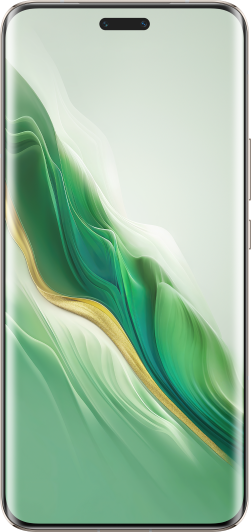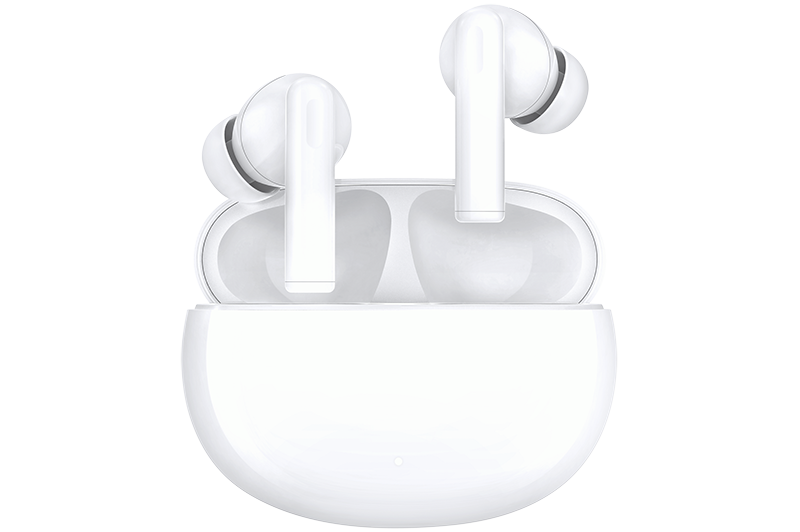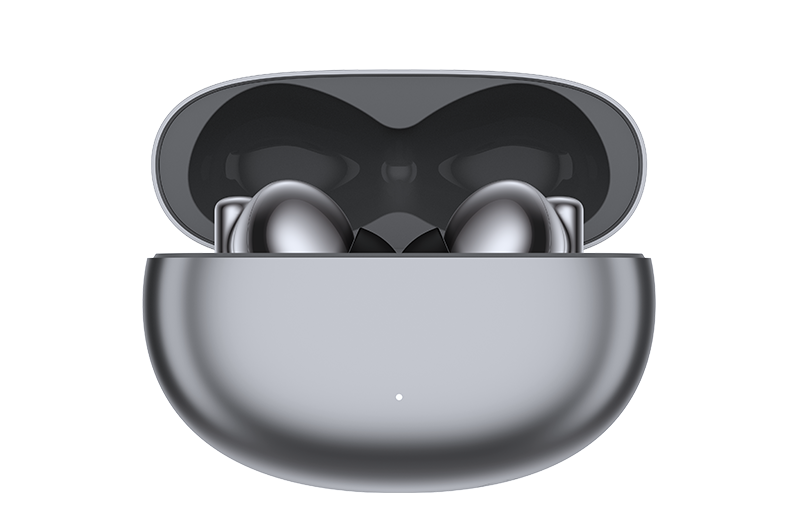TOP

我的荣耀 开启荣耀之旅

Understanding What Is Gyroscope in Phones and How It Shapes Your Mobile Experience
The gyroscope, a small, yet powerful sensor, elevates our mobile experience, making our phones not just tools, but intelligent companions attuned to our movements and orientations. In this comprehensive guide, we delve into the world of gyroscopes within smartphones, unraveling their fundamental role and how they significantly enhance our mobile experience. From understanding the basic mechanics of what a gyroscope is to exploring its diverse applications in everyday phone use, this article aims to provide a clear and detailed insight!
What Is Gyroscope in Mobile Phones?
A gyroscope in a mobile phone is a sensor designed to measure the device's orientation and rotation. Unlike accelerometers, which measure linear acceleration, gyroscopes detect angular velocity, offering a more comprehensive understanding of a device's movement in three-dimensional space. The gyroscopes in phones collaborate with other sensors like the accelerometer and magnetometer to give a complete picture of the phone's movement and spatial position.
How Does a Gyroscope Work in Smartphones?
A smartphone's gyroscope measures and detects the orientation and movement of the device using a rotating rotor. There are three axes on which the rotating rotor can freely rotate. The rotor exerts forces that aid in determining the device's rotation as the phone moves due to the gyroscopic effect.
The sensors used in the gyroscope, such as piezoelectric or capacitive ones, are used to identify vibrations brought on by the gyroscopic effect. The gyroscope uses these signals to analyse and determine how the phone is turning. In order to produce a full motion picture on smartphones, the gyroscope frequently collaborates with other sensors like accelerometers and magnetometers.
The gyroscope in smartphone adds the rotating component, and the accelerometer measures linear movements. The amalgamated data contributes to improving user experiences across a range of applications, including virtual reality, gaming, image stabilization, and screen rotation.
Applications of Gyroscope in Smartphones
Now that you know what is gyroscope in mobile and how it works in smartphones, you need to delve into something deeper. Let's look at a few significant uses for gyroscopes that really make them sparkle:
Gaming and Virtual Reality (VR)
Gyroscopes revolutionize gaming on smartphones, introducing motion control that enhances user interaction. As the device moves, the gyroscope precisely detects orientation changes, translating them into responsive in-game actions. This capability not only adds dynamism to gaming experiences but also provides users with a more immersive and interactive gameplay environment.
In the realm of virtual reality (VR), the gyroscope's role becomes even more crucial. It accurately tracks head movements, allowing users to navigate and explore virtual environments with a heightened sense of realism. This level of precision contributes significantly to the overall immersion in VR applications, creating a more compelling and engaging experience for users.
Image and Video Stabilization
Gyroscopes have become an essential tool in enhancing the photography and videography experience on smartphones, particularly in image and video stabilization. When capturing a moment, the slightest movement or shake can lead to blurry images or shaky videos. This is where the gyroscope comes into play. It detects these unintended movements and communicates with the camera software to make real-time adjustments, ensuring the captured content remains steady and clear.
Taking this functionality further, the HONOR 90 smartphone incorporates advanced gyroscope support, significantly elevating its camera capabilities. With the gyroscope's enhanced sensitivity and precision, the HONOR 90 offers users an even more stable and reliable photography and video recording experience. This means that whether you're capturing a fast-paced sports event, or recording a vlog while walking, the HONOR 90's gyroscope-assisted stabilization ensures your images and videos come out sharp and clear.
Screen Rotation and Orientation
The gyroscope is instrumental in enabling automatic screen rotation based on the device's orientation. Whether switching between portrait and landscape modes or adjusting the screen angle, the gyroscope provides the necessary data to ensure the display aligns with the device's position, enhancing user convenience and visual experience.
Location and Navigation
Gyroscopes contribute to improving location accuracy in smartphones. By combining data from the gyroscope with information from other sensors like GPS, accelerometers, and magnetometers, smartphones can offer more precise and responsive location services. This is particularly valuable in navigation applications, enhancing turn-by-turn directions and location-based services.
Motion and Gesture Recognition
Gyroscopes, in conjunction with other sensors, enable smartphones to recognize and interpret various motions and gestures. This capability enhances user interaction by allowing actions such as shaking the device to undo an action, flipping the phone to mute calls, or gesturing for specific commands. This feature is widely utilized in user interfaces and adds a dynamic and intuitive element to smartphone interactions.
Conclusion
In conclusion, the gyroscope in modern smartphones is a pivotal feature that enhances user experience in numerous ways. From stabilizing images in photography to providing an immersive experience in gaming and virtual reality applications, its versatility is evident. Understanding how to use the gyroscope on your phone can significantly improve your interaction with various apps and features. It's not just a technical component; it's a gateway to a more responsive and engaging interface with your device. So, don't hesitate to explore the various settings and apps that utilize this sophisticated sensor to enhance your daily phone usage.
FAQ
How do I know if my phone has a gyroscope?
To determine if your phone has a gyroscope, check the device specifications on the manufacturer's website or in the user manual. Alternatively, you can download a gyroscope testing app from the app store to assess your device's sensor capabilities.
Do all smartphones have a gyroscope?
Not all smartphones come equipped with a gyroscope. Entry-level or budget-friendly devices may omit certain sensors, including gyroscopes, to keep costs down. Higher-end and flagship smartphones, however, often include gyroscopes for enhanced functionality.
Which is better, the accelerometer or the gyroscope?
Accelerometers and gyroscopes serve different purposes. Accelerometers measure linear acceleration, detecting changes in speed and direction, while gyroscopes measure angular velocity, focusing on rotation and orientation. Both sensors complement each other in providing comprehensive motion data. In many applications, a combination of both sensors offers the best results, ensuring accurate and detailed motion tracking.
Source: HONOR Club
We use cookies and similar technologies to make our website work efficiently, as well as to analyze our website traffic and for advertising purposes.
By clicking on "Accept all cookies" you allow the storage of cookies on your device. For more information, take a look at our Cookie Policy.
Functional cookies are used to improve functionality and personalization, such as when playing videos or during live chats.
Analytical cookies provide information on how this site is used. This improves the user experience. The data collected is aggregated and made anonymous.
Advertising cookies provide information about user interactions with HONOR content. This helps us better understand the effectiveness of the content of our emails and our website.













































